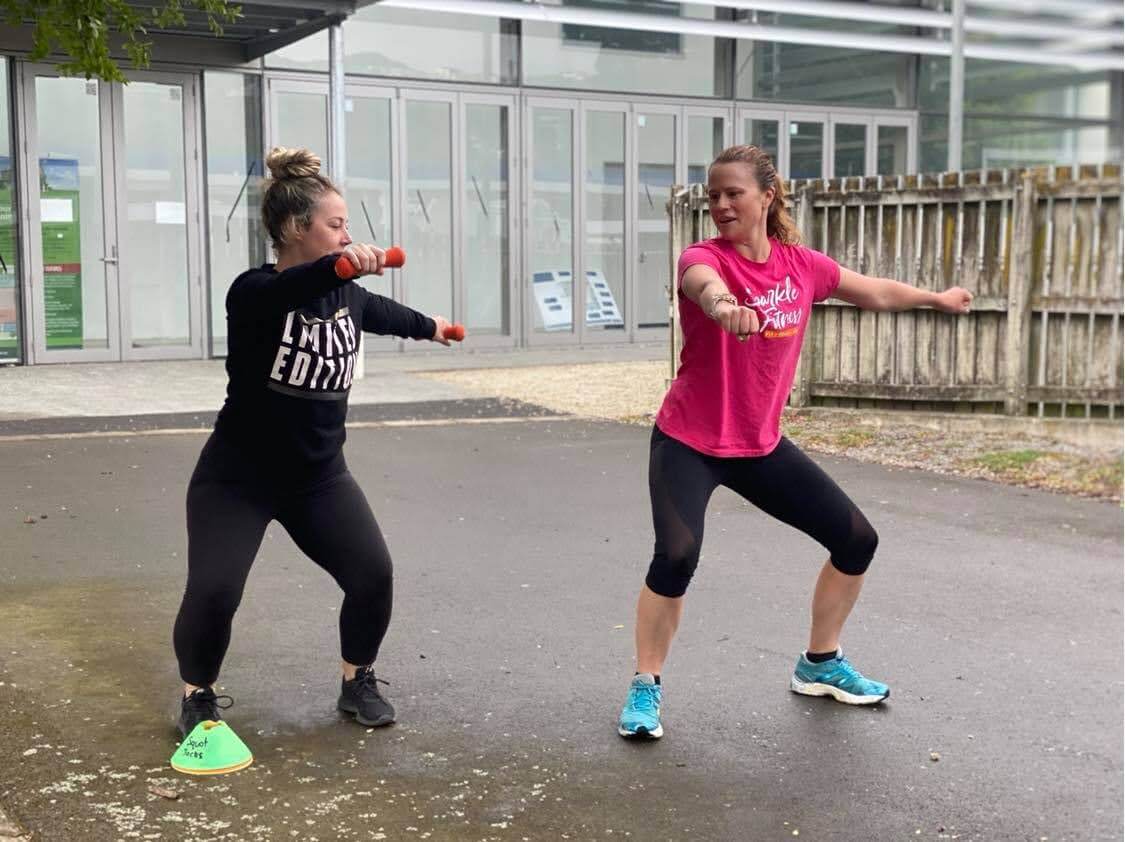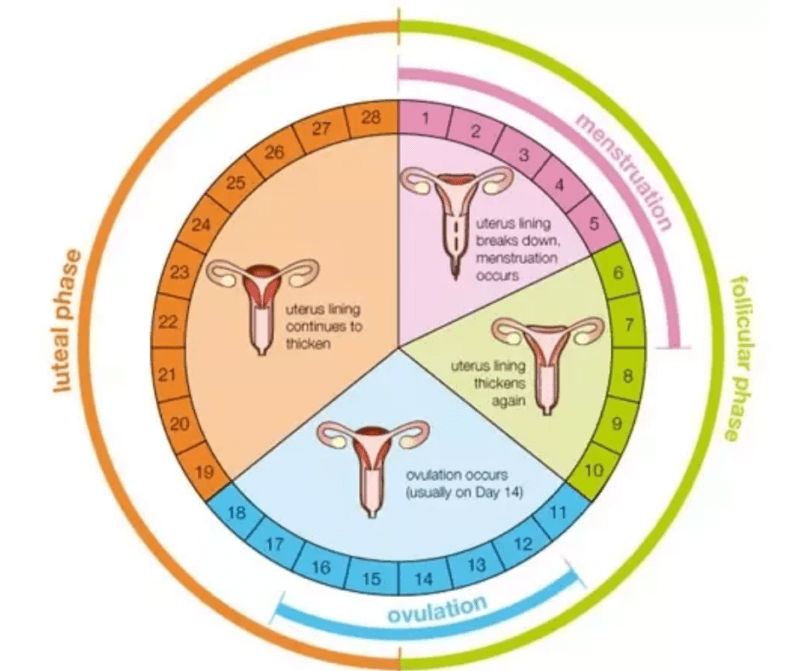Female Runners & their Menstrual Cycle

Female Runners, Race Day and Period Power
As a female runner have you given much thought to your menstrual cycle? Other than how annoying it is when your bleed comes on race day! The truth is that our menstrual cycle is our secret weapon. Understanding its role and the different phases of our cycle, allows us to adapt our running training to match and make the most out of our available time. Given that the number one reason why women do not participate in physical activity is due to family commitments, it is important to use any time for training effectively, and that means with our bodies and our menstrual cycles. This article explores female runners and their menstrual cycle.
Running Programs that don’t fit your cycle
The vast majority of running programmes (especially the free ones online) are based on a 4 week cycle (3 weeks of building and 1 rest week). As not all women have a period that is exactly 28 days long, these programmes are unlikely to fit in with your body’s natural rhythm. In fact most of these 4 week programmes and associated sports research are based on the male runners! Read on to find out how tailoring training to fit your own natural rhythm has the potential to produce better performance on event day and minimise injury and burn out.
Understanding your Menstrual Cycle
The first thing you need to do is track your cycle. There are more and more apps which do this but one of the best is Wild.AI. I know this feels like yet another thing to add to your to-do list, but the insights that you’ll gain are well worth 1 min of recording every morning.
This diagram sets out the phases of a woman’s menstrual cycle. For ease of explaining the phases, this diagram does set out as a 28 day cycle.

Diagram from Pinterest – Dasha Sprouts
For a more detailed explanation of the different phases check out this other helpful MumSafe article “The best fitness tool you didn’t know you had”. And remember, your cycle begins on the first day of your bleed (day 1).
Tailoring Running Training to phases of your Menstrual Cycle
It’s important that female runners are aware of their menstrual cycle. Remember, we want to have regular bleeds. This is a key female biomarker (sign) that our body is healthy and performing optimally. Missing periods or having your bleeding stop completely can be a sign of overtraining and under fueling. If this happens please seek the advice from a medical professional. Of course if you are in the breastfeeding stage then it is normal not to have your bleed.
Once you have worked out your ‘normal’ cycle length then you’ll be able to tailor your training plan to fit certain types of workouts in with the phases of your cycle. You can use the following as a guide for the types of sessions to include and when.
Running Training in the Follicular phase (days 1-14 ish)
Due to the low hormonal levels this is a great time to train at higher intensities (e.g high intensity training, speed/interval training, heavy weight sessions). You may also find that you recover more quickly during this phase (or rather that in other weeks your muscles hurt more and you feel more fatigued from the same type of session).
Estrogen will peak around ovulation and you also get a boost of testosterone around this time. This can make some women feel like ‘superwomen’ and again, a good time to do higher intensity sessions.
However, this phase is not a licence to go all out! You still need to build into your training time and intensity levels, especially if you are starting a new training programme or have had time off. In a previous article I’ve talked about the 80/20 rule and the 10% rule for running training.
Running Training in the Luteal phase (days 14 ish-28ish)
In this high hormone phase the body is under more stress and may be more affected by other stressors in your life, including training stress. As you’ll need more recovery time during this phase, the intensity of training will need to drop. This means more endurance, sub-threshold and tempo type sessions. There is also a place for plyometrics early in this phase. However, only attempt plyometric work if you are confident with your technique as the risk of injury is higher.
As you get into the pre-menstruation phase it is a good time to focus on mobility and technique. Instead of going out for another ‘easy paced’ run, try a run session that focuses on running related drills. Then you can literally hit the ground running once you are back in the follicular phase!
What if you are on the Pill?
If you are on an oral hormonal contraceptive pill then you do not have the usual fluctuations in hormones to signal the different phases of your cycle. You may be able to follow the generic 4 week training plans with this caveat. On day 1 of your bleed your body still has the effects of the pill in your system. Therefore it may take a couple of days for the higher hormonal effects of the pill to wear off. This would be then where you could time your hard and fast training sessions for. Similarly, when you start taking the active pill again you may have a couple of days before the hormonal levels increase again.
Benefits of Adapting Running Training to your Menstrual Cycle
You can see now that female runners can harness the power of their menstrual cycle. You can perform on race day regardless of the phase or stage of your cycle. Your mind set has much more of an impact on how you perform rather than your physiology (assuming you have done the training of course!).
The guidance in this article is to help you get the most out of your training and recovery. By tailoring your training cycle to your menstrual cycle you’ll
- Reduce your injury risk by reducing your training loads to match the times when your body is more prone to injury
- Allow for more recovery when you need it
- Push yourself at times where you’ll gain the most benefit
- Allow your body to adapt and grow from the training stress.
Thus achieving prolonged periods of consistent training. Which will allow you to continue to build and improve.
References
Increasing Engagement in Triathlon NZ School Events by Yasmin Kessner (April 2024)
EVEolution by Mish Wright – https://eveolution.online/eveolution-lite/?ref=SRyland
Roar Dr Stacy Sims (2016)
Microlearning on Menstrual Cycle Tracking Dr Stacy Sims
EFFECTS OF MENSTRUAL CYCLE ON SPORTS PERFORMANCE –
50 years of hormonal contraception—time to find out, what it does to our brain, Belinda A. Pletzer and Hubert H. Kerschbaum
Sierra Ryland runs Sparkle Fitness NZ in Wellington, . Learn more about Sierra and Book your Trial today.
